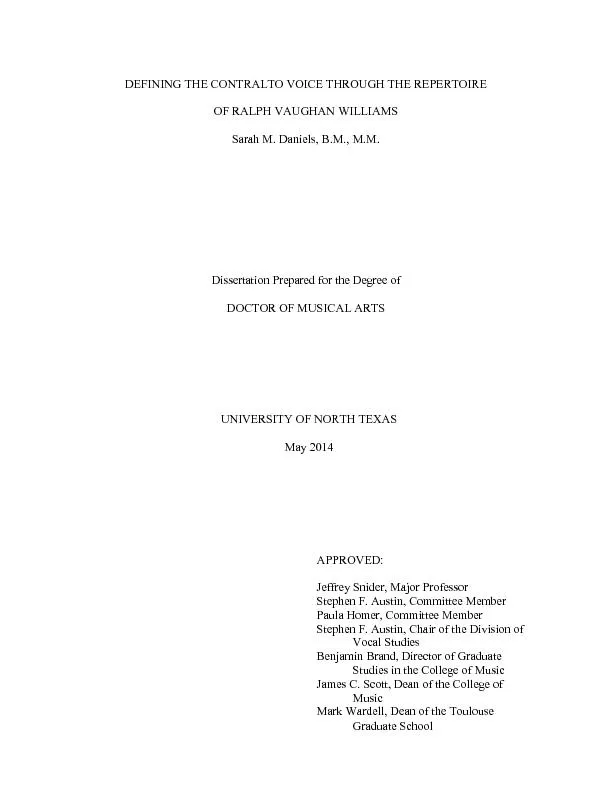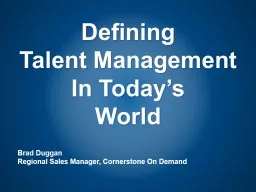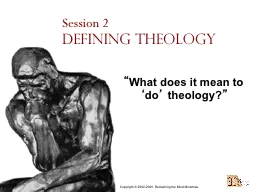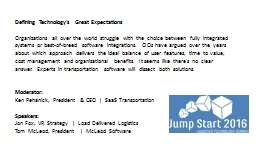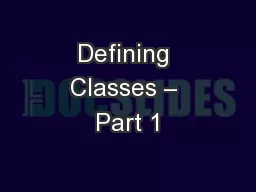PDF-Defining the Contral to voice through the repertore
Author : celsa-spraggs | Published Date : 2017-03-23
APPROVED Graduate S chool DEFINING THE CONTRALTO VOICE THROUGH THE REPERTOIRE OF RALPH VAUGHAN WILLIAMSSarah M Daniels BM MM Dissertation Prepared for the Degree
Presentation Embed Code
Download Presentation
Download Presentation The PPT/PDF document "Defining the Contral to voice through th..." is the property of its rightful owner. Permission is granted to download and print the materials on this website for personal, non-commercial use only, and to display it on your personal computer provided you do not modify the materials and that you retain all copyright notices contained in the materials. By downloading content from our website, you accept the terms of this agreement.
Defining the Contral to voice through the repertore: Transcript
Download Rules Of Document
"Defining the Contral to voice through the repertore"The content belongs to its owner. You may download and print it for personal use, without modification, and keep all copyright notices. By downloading, you agree to these terms.
Related Documents

